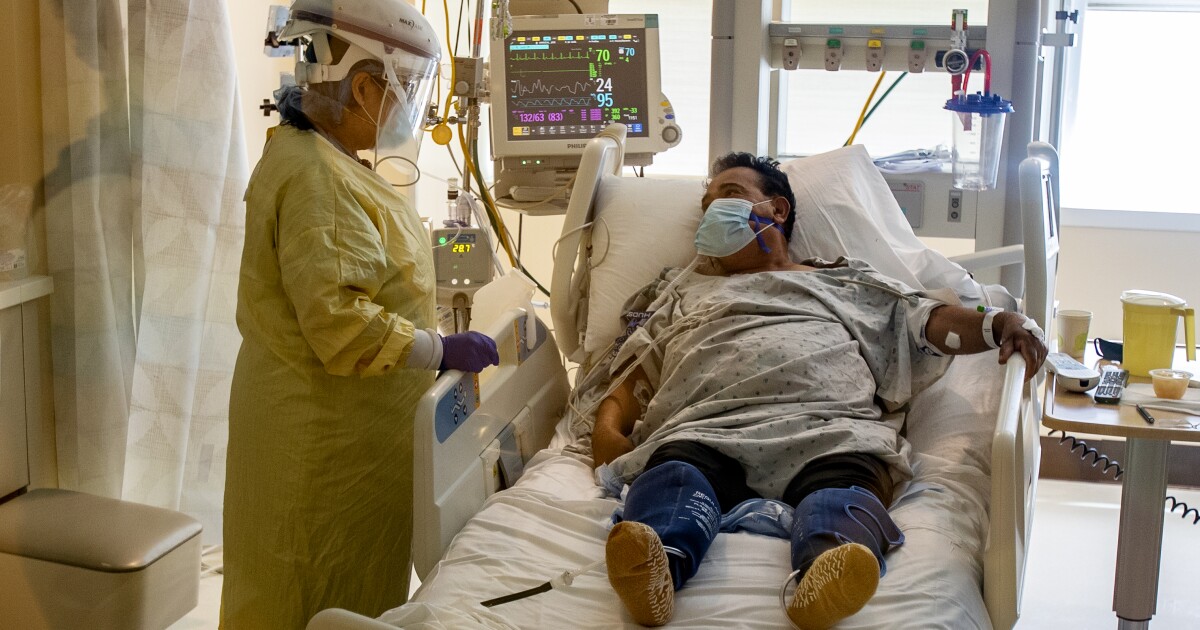
That’s about five times the number of new daily cases the U.S.
In California, the average number of new coronavirus cases has tripled in the last month alone.A winter surge in COVID-19 cases seems inevitable?
A winter surge in COVID-19 cases seems inevitable.
But as infections spiraled to never-before-seen heights, the number of COVID-19 deaths per day has not followed suit?reported about 30,000 new infections and about 2,000 deaths per day, according to the WHO.
That’s about the same number of deaths that are being reported now — though daily new cases are more than six times higher.
The more coronavirus cases that are reported, the more COVID-19 deaths we’d expect to see, right.
The general consensus is that the number of deaths will eventually follow infections in their upward trajectory, but the ratio of deaths per infection will remain significantly lower than it was in the spring.In the early days of the pandemic, coronavirus testing was available only to people who either had a known exposure to the virus or had symptoms of COVID-19.However, since the sickest COVID-19 patients were generally able to get tested all along, improved testing capacity has not made nearly as much difference in counting the number of people who die of the disease.
Over the past several months, what began as a scattershot, try-anything approach for treating people with severe cases of COVID-19 has evolved into a set of best practices that have allowed more of the sickest patients to survive, said Dr.• In some cases, giving patients virus-fighting antibodies from people who have recovered from COVID-19 (convalescent plasma) or synthetic antibodies designed to attack the coronavirus that causes the disease (monoclonal antibodies).Early in the pandemic, older people made up a larger share of reported daily new cases.In May, for instance, more than 27% of known infections were in people 60 and older; by August, that figure had dropped to 18%, according to data from the Centers for Disease Control and Prevention.
Over the course of the pandemic, people between the ages of 18 and 39 accounted for just 1.8% of the deaths in the U.S., while people 65 and older made up 80%, according to the CDC.
Epidemiologists have noted similar trends with HIV, he said: Young people who are infected are more likely to disregard the medication protocols that are important for controlling that virus.
“You can certainly find plenty of young people who are doing what they need to do, but if you go to a bar, it’s usually not filled with old people,†Dworkin said.New coronavirus infections started seriously spiking in the United States in mid-October, so epidemiologists say we are just getting to the point where they would expect to see deaths begin to climb